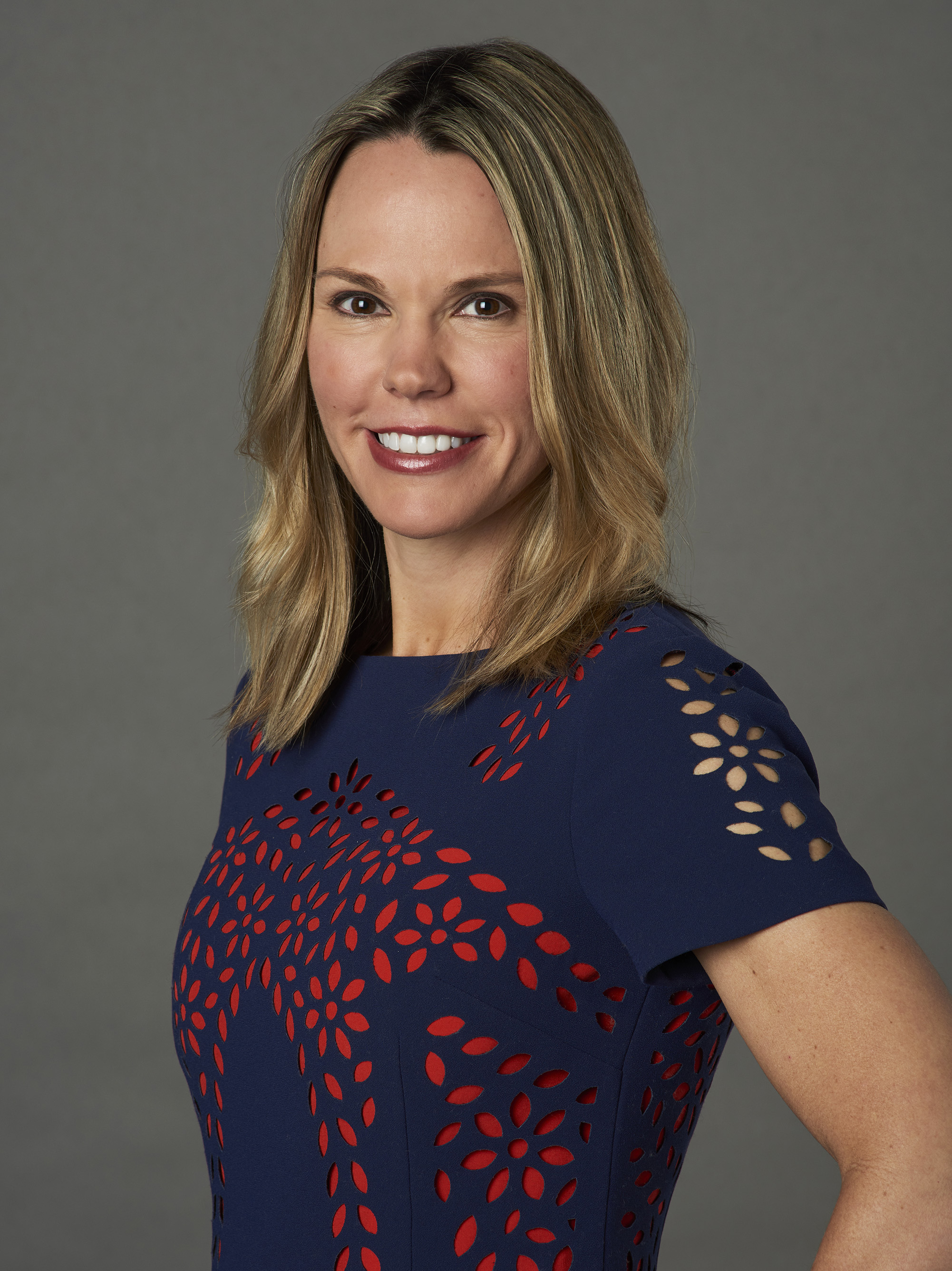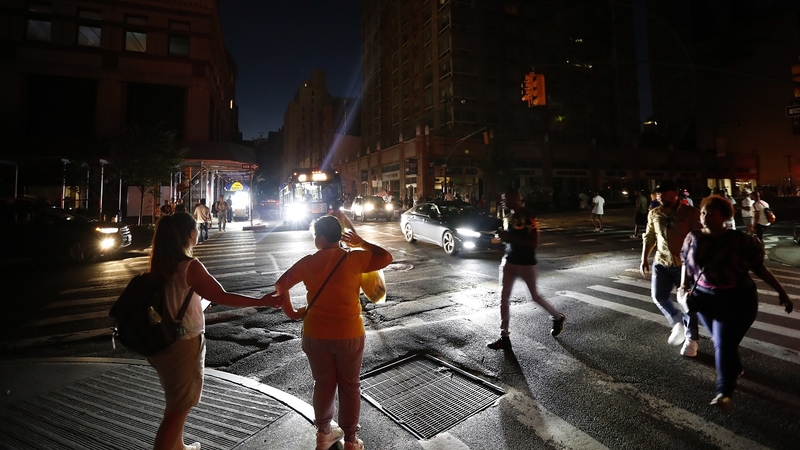ABC Stations Lock Down Local Relationships with Digital, Social

Multiplatform Broadcaster of the Year: ABC-Owned Television Stations
Whether local over-the-air broadcasters will still be relevant in a world moving to streaming has been an open question in recent years, and the ABC Owned Television Stations are firmly providing an answer.
ABC owns stations in eight markets — WABC New York, KABC Los Angeles, WLS Chicago, WPVI Philadelphia, KTRK Houston, KGO San Francisco, WTVD Raleigh-Durham and KFSN Fresno — and the station group has long been considered the nation’s strongest. That continues to be true even in the digital era, with the ABC stations collectively ranking first in their markets among the key news demographic of adults 25-54 for the past 11 seasons.
ABC has also strategically built digital, mobile and social platforms around its local broadcast operations, and those platforms are expanding stations’ reach across their respective markets.
While the stations collectively reach 36 million linear viewers each month, they connect with 42 million digital visitors across their various platforms. The stations also provide 170,000 pieces of original digital content each year as well as 21,000 hours of linear content.
More Local Heroes:Station Group of the Year | GM of the Year, Markets 1-25 | GM of the Year, Markets 26-50 | GM of the Year, Markets 51+ | News Director of the Year
“Our stations are very mission-driven,” ABC Owned Television Stations president Wendy McMahon said. “We are committed to informing, reflecting and serving the communities we call home and the audiences that make up those communities. To live that mission, you have to understand how that audience and its habits are changing.“
Broadcasting & Cable Newsletter
The smarter way to stay on top of broadcasting and cable industry. Sign up below
How the ABC stations serve that mission is particularly evident in times of crisis. On July 4, the Ridgecrest earthquakes shook California with three tremblers measuring 7.1, 6.4 and 5.4 on the Richter scale, as well as many aftershocks. KABC Los Angeles covered the story for 23 straight hours and livestreamed it on digital platforms. The combined effort led to a 100% increase in audience versus a typical day, McMahon said.
All of that goes directly to serving the mission of a local broadcaster, though not necessarily the profit motive. “When you are in the middle of 24/7 earthquake coverage, there is no monetization,” McMahon said. “We blow out all of our commercials. The public-service aspect of what we do when there is breaking news of that magnitude, when there are lives on the line with earthquakes or fires, is that we go wall to wall across platforms. There’s not a monetization piece around that, but it does allow us to make an investment in our brand.”

Similarly, when New York City experienced a blackout last summer from Times Square to the Upper West Side, WABC powered up its generators and kept on reporting.
“We were part of the story because we lost power, too, but we had generators,” WABC New York president and general manager Debra O’Connell said. ”We were the only station in the market to have sustaining coverage.”
For the ABC stations, it always goes back to serving the local community.
“Our mandate is always to go above and beyond with community events, local news and college football on Saturdays,” O’Connell said. “There’s not a break on Saturday between our two games, so we do a fully produced newscast across our website and app at 6 p.m. on Saturdays so that those viewers who want the consistency of having 52 weeks a year of 6 p.m. news have the option of viewing it in an alternative way. They can even watch college football while they are streaming our news.”
Attracting Local Advertisers
Creating that kind of reach and engagement is, of course, attractive to local advertisers, who benefit from being closely connected to a strong local brand. “The smartest way to help advertisers expand the reach of their messages is to make sure they are touching consumers on every platform,” O’Connell said.
On the ground level, that means partnering with sponsors on community events such as breast cancer walks, health fairs and more. WABC worked closely with local businesses to develop sponsorships and content around the New York City Marathon, which was held Nov. 3. The station’s content team created stories around marathon runners, such as a piece about the widow of an NYPD officer and another about a local running club that is intentionally inclusive in its membership.
“All of that ties back to the linear ratings because for the weeks leading up to the event, we’ve been amplifying it via this content,” O’Connell said.
The ABC stations have added several local initiatives in recent months. One is to assign executive producers to dayparts as opposed to shows. Instead of executive producing a 5 p.m. newscast, for example, these producers are assigned to oversee content across platforms during a specified time period.
“These multiplatform managers are responsible for engaging the total audience and growing the audience across all of our platforms,” said McMahon.
The move has required some adapting on the part of local station producers.

“This has been a big change for me and the other TV managers because we are first and foremost TV people,” said Keith Browning, executive producer at KTRK Houston, which is the No. 1 station in the country when it comes to digital-video consumption, according to ABC. “We’ve lived TV for many years, so this is a massive shift in how we do things. It’s made us a lot quicker and it means we may not cover every crime story for TV because we may not see the digital returns we want. We’re thinking digital first now.”
That sort of thinking also requires everyone in the station newsrooms to collaborate much more closely, and that’s been a process. “We are getting better at being less siloed,” said Browning. “When we first launched the digital operation it was like TV vs. digital — everyone wrote differently, everyone sat on their own side of the room. Now we’re all together in the same room and working together. We’re trying to think smarter.”
Producing stories for digital platforms has also resulted in changes to traditional news broadcasts, Browning said. For example, reporters are frequently creating “natural sound packages” that only use video and soundbites of people being interviewed and don’t include stand-ups or narration from reporters.
“When you look at digital video, that’s what people are watching,” Browning said. “We’re telling those stories on TV now. Traditional stories where a reporter is standing in a field — we’re throwing that out the window. More and more, we are taking reporters out of the story and having them focus on being content gatherers.”
Sometimes those so-called “NatPack” stories will perform so well on the station’s website that producers will pull them for a newscast. “That’s where the gut comes in for me,” Browning said. “Sometimes something just feels like a great emotional story.”
Serving Younger Viewers
That kind of reporting and presentation feels more authentic to younger viewers, who predominantly consume news and information on their phones and are used to the less-polished presentation of content creators on platforms like YouTube, Facebook and Instagram.

To that end, the ABC stations in 2018 created Localish, a digital-first lifestyle brand targeting millennials. In its first year, Localish produced more than 650 pieces of digital video content that were distributed across the ABC stations’ digital platforms, resulting in more than 220 million video viewers, with 65% of that audience under the age of 44.
“Localish is a brand that has an opportunity to do storytelling and great informational content,” said O’Connell. “Many of the stories we are telling [at the station level] can have an expanded life on Localish.”
Each of the ABC stations offers a Localish vertical on its website. At KABC’s abc7.com/localish, visitors can find stories about Los Angeles food trends, wine-making, family businesses and fun places to visit.
“It’s one full ecosystem,” said O’Connell. “The viewer is part of the fabric of who we are. We’re delivering the best, most pertinent information to whatever platform the viewer chooses to use."
ABC has additional plans to expand Localish’s distribution come 2020, said McMahon. “The original intent of Localish was to better reflect the communities we serve while creating a space for positive, feel-good stories,” she said.
The ABC stations also have been embedding journalists in communities across the larger markets they cover, with 20 community journalists hired across the eight stations.
Coupled with those community journalists is a data journalism program, headed by John Kelly. The initiative is just getting underway, but already it has allowed KABC to do extensive reporting on the safety of hospitals in 300 Southern California communities. Because that information lives online, community residents can search for and learn more about safety practices and ratings at their own local hospitals. More stories inspired by deep data research are on tap for 2020.
“When I look back on the past year, there’s a tremendous amount of modernization that has occurred across our stations,” McMahon said. “We’re truly rethinking how we own the moments that matter most across all of our platforms. None of that would be possible without the culture and innovative spirit that exists across our stations.”
Contributing editor Paige Albiniak has been covering the business of television for more than 25 years. She is a longtime contributor to Next TV, Broadcasting + Cable and Multichannel News. She concurrently serves as editorial director for The Global Entertainment Marketing Academy of Arts & Sciences (G.E.M.A.). She has written for such publications as TVNewsCheck, The New York Post, Variety, CBS Watch and more. Albiniak was B+C’s Los Angeles bureau chief from September 2002 to 2004, and an associate editor covering Congress and lobbying for the magazine in Washington, D.C., from January 1997 - September 2002.

